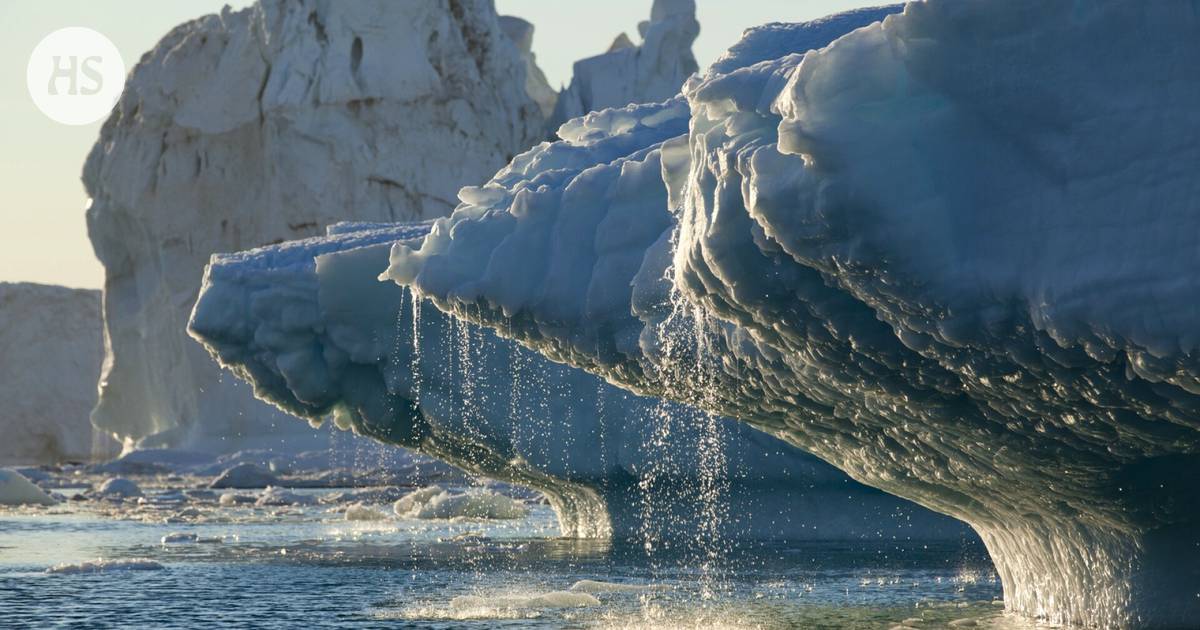Glaciers in both Greenland and Antarctica are melting at an alarming rate, with the loss of ice from their vast continental glaciers flowing into the sea through discharge glaciers. The acceleration of this ice flow has been attributed to the warming climate and rising sea temperatures. The Thwaites and Pine Island glaciers in Antarctica are major concerns as their melting could contribute to a rise in sea levels.
In Greenland, researchers have observed a temporary halt in the thinning and ice loss from the Jakobshavn glacier due to cooling waters under the glacier caused by the North Atlantic Oscillation. However, this trend is expected to reverse when warm currents start flowing under the glacier again. To address this issue, a team of researchers led by British geophysicist John Moore has proposed a massive underwater curtain to protect glaciers from warm water intrusion.
The protective curtain would be anchored to the seabed and designed to flex as icebergs pass over it. While feasibility and effectiveness are still being studied, researchers are exploring ways to implement it in Greenland to protect its narrower discharge channels. Tests and mathematical models are already being developed to understand how the curtain could work in various scenarios.
While some experts argue that using curtains may only delay inevitable effects of climate change, proponents believe that it’s a cost-effective solution compared to potential damage caused by rising sea levels. The debate around feasibility continues, but addressing climate change’s effects on glaciers remains urgent for scientists worldwide.
Researchers must continue exploring innovative solutions such as massive underwater curtains while considering costs and challenges involved in constructing and maintaining them. Efforts must be made urgently to find sustainable solutions that limit climate change’s impact on vital ice formations like Greenland and Antarctica’s continental glaciers.



